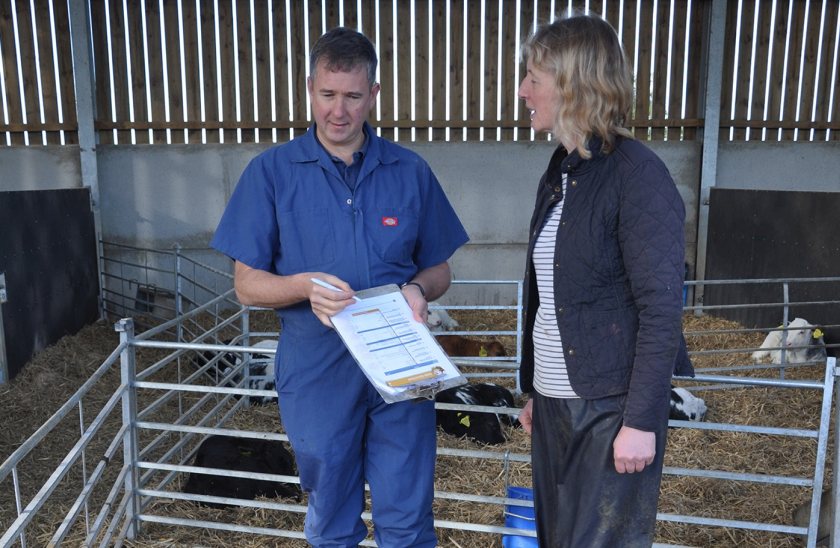
New survey data on calf colostrum management shows that dairy farmers are making steady improvements, but performance monitoring needs more of a focus.
MSD Animal Health has reported on the results of an early 2022 survey of current colostrum management practices in the UK.
Feedback was gained from 248 dairy farmers representing both all year round and block calving herds.
Questions were designed to draw out current practices relating to the accepted 5Qs of best practice colostrum management: Quality, Quantity, Quickly, sQueaky clean and Quantify.
Asked whether they check the quality of their cow colostrum before storing or feeding it, 49% of respondents said they always check its quality; 25% said sometimes and 26% never.
Interestingly, when farmers were asked this same question two years ago, 44% of farmers said they never test their colostrum.
MSD Animal Health's youngstock product manager, Rob Simpson said the new results were particularly encouraging.
“Farmers are now making good strides forward in this crucial area and reaping the benefits of improved calf health as a result. That’s great news.
“Colostrum’s importance cannot be over-emphasised. In addition to providing immunity against key early life disease threats, fed correctly and in enough quantity, colostrum also helps kickstart sound organ development and a healthy metabolism.
"We also know that a good colostrum intake enables a greater response by the calf to important vaccines (up to six to ten months of age)," he said.
"Indeed, the additive impact of sound colostrum feeding protocols and vaccination is the cornerstone of immunity-led disease prevention.”
More than 70% of the 248 dairy farmers claimed to be feeding up to four litres with a further 9% of respondents feeding more than four and a half litres.
And the majority seem to be getting it into the calf quickly; more than 75% giving it before the newborn calf is six hours of age and more than 15% within 12 hours of birth.
Mr Simpson added that it was also encouraging that farmers now appreciate the importance of hygiene. “More than 60% of farmers are feeding it within 30 minutes of harvest and another 23% within the hour.”
The final best practice Q relates to quantification and Mr Simpson stressed that there is no point investing in better colostrum management and feeding practices if progress cannot be monitored.
“Failure of passive transfer (FPT) of antibodies is nearly 14 times higher on farms that don’t routinely monitor this goal compared with farms that do," he added.
"However, this latest survey found that 40% of farms never check the transfer of antibodies from colostrum by calf blood analysis. What’s more, another 33% only do it in the event of a problem."
Independent veterinary professional Owen Atkinson explained that farmers should be checking colostrum antibody absorption routinely. “Progress has been slow in this area but now appears to be improving,” he said.
“In 2015 just 3% of farms were blood testing calves but this latest survey suggests more than a quarter of the farms are now working with their vet in this area. That’s really encouraging.”
